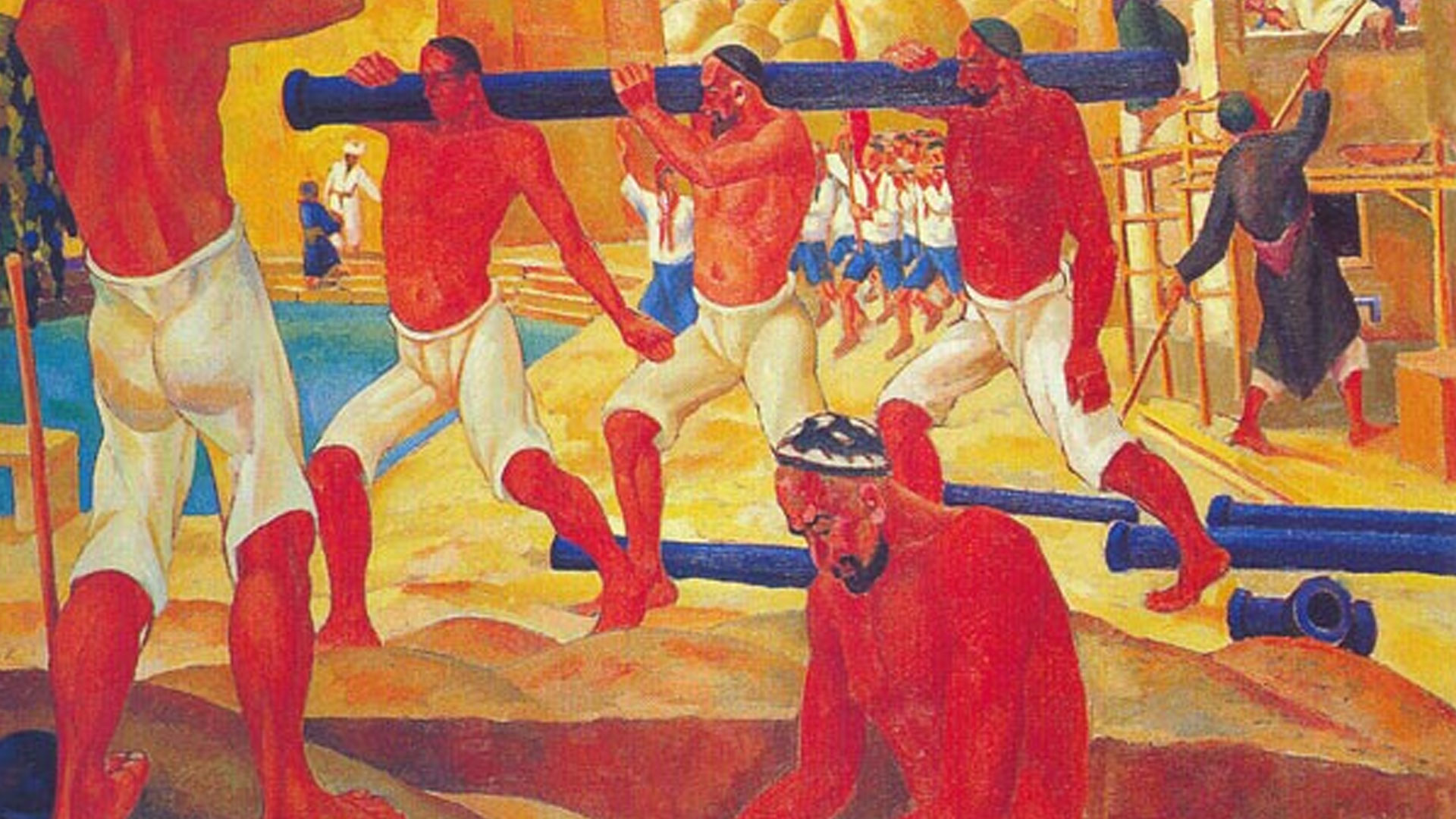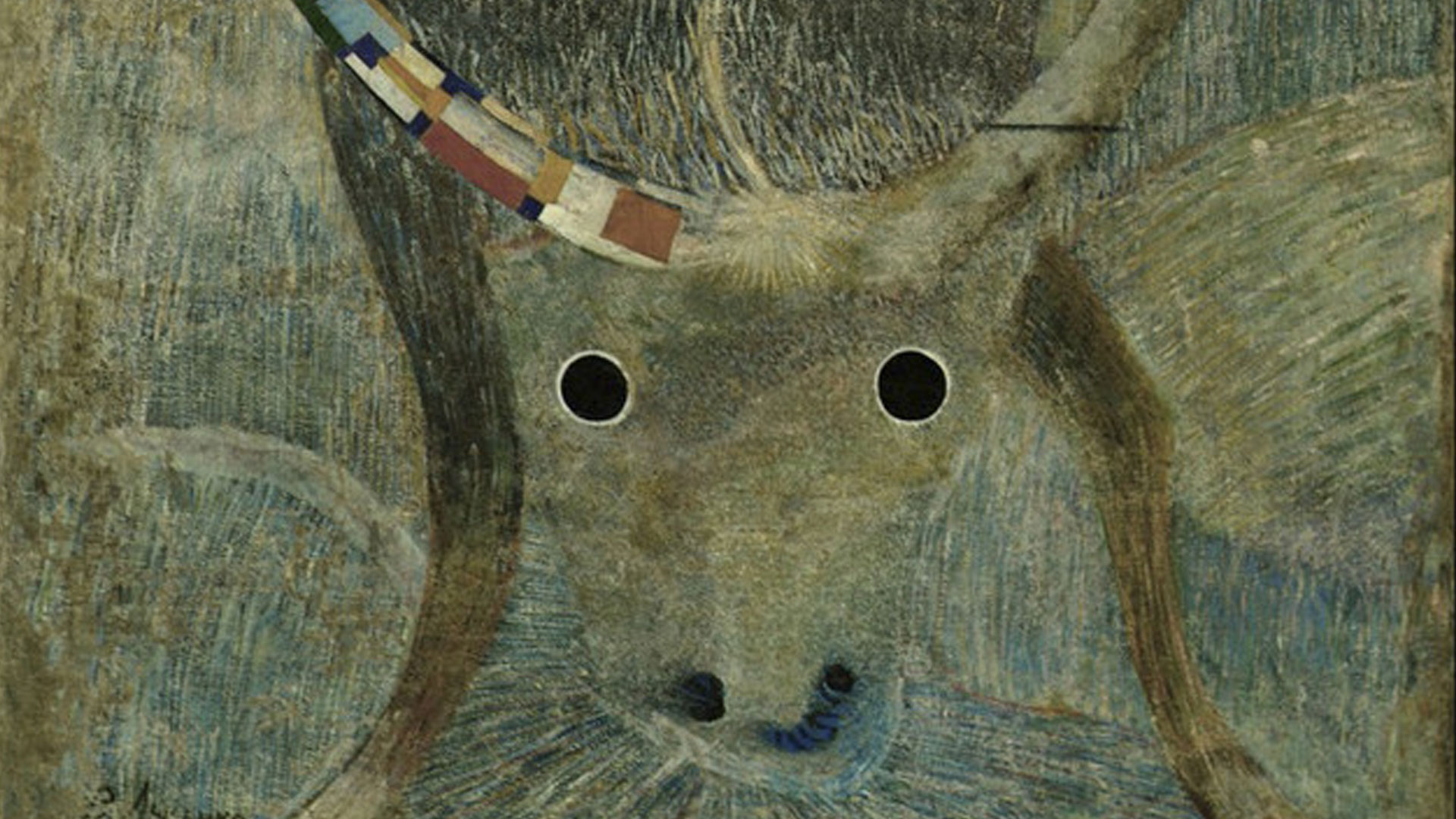Written, Produced, and Directed by
Amanda Pope and Tchavdar Georgiev
Voices
Ben Kinglsey
Sally Field
Ed Asner
Igor Paramonov
Editor
Tchavdar Georgiev
Score Composed and Produced by
Miriam Cutler
Cinematography
Alexander Dolgin
Gennadi Balitski
Associate Producer and Researcher
Etery Sakontikova
Sound Recordist
Adam King
Sound Design
Joe Dzuban
Raj Patil
Sound Mix
Joe Dzuban
Title and Motion Graphics Design
Inmotion Studios
Stephen Fromkin - Producer
Designers and Animators
Harold De Jesus
Marcel Valcarce
Colorist
Brian Hutchings
Digital Consultant
Matt Radecki
Story Consultants
Miriam Cutler
Lisa Leeman
Kate Amend
Mark Harris
Independent Film Consultant
Robert Hawk
Additional Cinematography
John Ealer
Chad Wilson
Clay Westervelt
Daniel Pfisterer
Erick Green
Additional Sound
Valery Ermakov
Gentry Smith
Assistant Editors
Andrejs Kovalovs
Yasmin Assemi
Justin Kelley
Matt Rittorno
Additional Graphics
Andrejs Kovalovs
Archival Stills Enhancement
Alexander Dolgin
Legal Services
Innes Smolyansky, Esq.
Paintings, Archival Film, and Photographs
AP Archive
Archive of the Repressed Victims of the former Soviet Union in Uzbekistan
Corbismotion
Getty Images
Max Penson Collection, courtesy of Maxime Penson
Mosfilm Cinema Concern
Museum of the People of the East
Russian Archive of Documentary Films & Photographs
Russian State Archive of Literature and Art
Smithsonian Institution
The State Russian Museum
The State Tretyakov Gallery
The Wende Museum
Ural Tansykbaev Memorial Museum
Uzteleradio, Volkov, and Rybnikov families
Paul Gauguin, “In the Vanilla Grove, Man and Horse”
Courtesy Solomon R. Guggenheim Museum, New York
Thannhauser Collection, Gift, Justin K. Thannhauser
Paul Gauguin, “Self-Portrait”
Courtesy of Musee d’Orsay, Paris, France
Photo Credit: Scala/Art Resource, NY
Paul Gauguin, “Where Do We Come From?
What Are We? Where Are We Going?”
Courtesy of the Museum of Fine Arts, Boston, Massachusetts
Tompkins Collection – Arthur Gordon Thompkins Fund
Vincent van Gogh, “Landscape with Snow”
Courtesy Solomon R. Guggenheim Museum, New York
Thannhauser Collection, Gift, Hilde Thannhauser
Mark Y. Kaplan, “V.I. Lenin in 1917”
Courtesy of The Wende Museum, Los Angeles, California
Mikhail A. Kostin, “In the Stalin Factory”
Courtesy, Friend of the Springville Museum of Art, Springville, Utah
Georges Seurat, “The Morning Walk”
Courtesy of The National Gallery
London/Art Resource, New York
Alexander N. Volkov, “Hoeing of the Field,”
State Russian Museum, St. Petersburg, Russia
All artworks not otherwise credited come from
the Savitsky Collection at the Karakalpakstan State Art Museum.
Music Credits
Soky Nomay Bayat/Ufary Bayst and Rohat (Pleasure)
Field recordings by Deben Bhattacharya, taken from the album “The Music of Uzbekistan” EUCD 1805
Courtesy of ARC Music Productions International Ltd.
Non-Profit Partner
International Documentary Association
Major funding for this program was provided by
National Endowment for the Arts
Open Society Institute
Sahan Daywi Foundation
University of Southern California Zumberge Research Grant
Lois M. O’Brien M.D.
Shelley and Donald Rubin Foundation
CEC Artslink
Center for Jewish Culture and Creativity
The Cynthia Lasker Foundation
In memoriam of John Rauch, Svetlana Turutina, Militza Zemskaya, and Sarah Carey.
This program was produced by Desert of Forbidden Art LLC
which is solely responsible for its content.
© 2010 Desert Of Forbidden Art LLC. All rights reserved.













